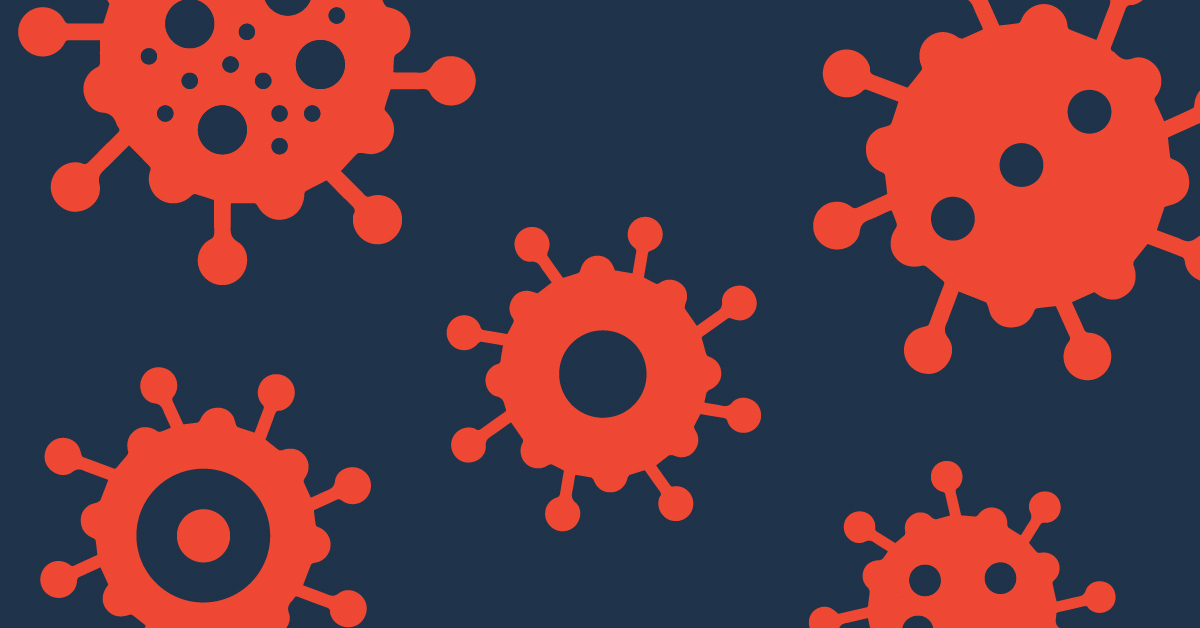How Far We’ve Come
From the worldwide eradication of smallpox in the 1970s to our tremendous progress in developing treatments for people living with HIV, the last century has seen a fundamental shift in our battle against infectious diseases. For most of humanity, infectious diseases were among the leading causes of death. Pneumonia, sepsis, diarrhea, polio, smallpox and other infamous killers threatened communities around the world, and there were few preventative measures or treatments available to fight back.
This radically changed with the development of vaccines and antibiotics in the early- and mid-20th century, which revolutionized the fight against viral pathogens and bacteria, respectively. In fact, the development of antibiotics and vaccines has been widely recognized as one of the greatest public health victories of all time. Additional advancements in public health, such as clean water and sanitation practices further extended our ability to fight infection.
As an example, in the last 35 years, deaths from infectious disease in the United States have decreased by almost 19%, including a nearly 70% drop in the mortality rate associated with meningitis and a nearly 85% drop in the mortality rate associated with tuberculosis.
Where We Are Today
Infectious diseases haven’t been a leading cause of death in the United States since the 1920s, due to improved sanitation and hygiene, the discovery of antibiotics and the advent of childhood immunization programs. Today, 16 diseases are now preventable in the U.S. as a result of childhood vaccines, which have resulted in an estimated $1.4 trillion saved in societal costs.
Recently, treatments for infectious diseases have become more advanced as we continue to grow our understanding of disease biology. From its discovery in the 1980s through 1994, deaths from HIV/AIDS increased each year, until the development of protease inhibitors, which marked the beginning of highly active antiretroviral therapy (HAART). These innovative treatments not only slowed, but reversed mortality rates stemming from HIV/AIDS. Today, a 20-year-old with HIV could now expect to live to age 78—the same life expectancy for the general U.S. population.
More recently, in 2014, the U.S. Food and Drug Administration approved a treatment for hepatitis C, the leading cause of death by infectious disease in the United States, which has demonstrated cure rates of more than 90%.
The Challenge Remaining
Though we’ve made tremendous progress, our battle with infectious diseases is constantly evolving. Antimicrobial resistance, which occurs when bacteria evolve to beat the antibiotic medicines used to fight them is a global problem. The Centers for Disease Control and Prevention (CDC) estimates that each year, at least 2.8 million people in the United States become infected with bacteria that are resistant to common antibiotics, and at least 35,000 people die each year as a result of these infections. To ensure there is a pipeline of new and effective AMR medicines, stakeholders are advocating for policies that can stabilize the current marketplace and incentivize a sustainable pipeline of innovative AMR medicines.
Moreover, new infectious diseases for which we don’t have effective treatments can appear at any time. The most recent example is COVID-19, the disease caused by a new strain of coronavirus. In response, biopharmaceutical researchers—relying on an unparalleled advantage of decades of scientific research cultivated from experience with similar viruses, such as MERS, SARS and influenza—are working continuously to develop new and effective COVID-19 vaccines and treatments.
A July 2020 report found that America’s biopharmaceutical research companies are developing more than 400 medicines and vaccines to fight the many threats posed by infectious diseases. While many infectious diseases may never be fully eradicated, with expanded scientific knowledge, new technologies, and the commitment of America’s biopharmaceutical research companies, we can help meet the continuing—and ever-changing—threat from infectious diseases.

